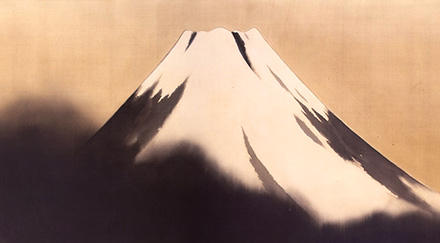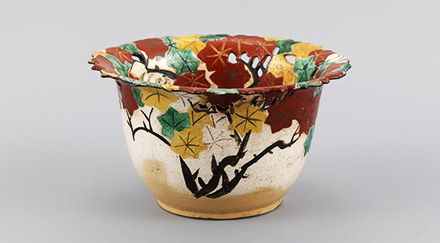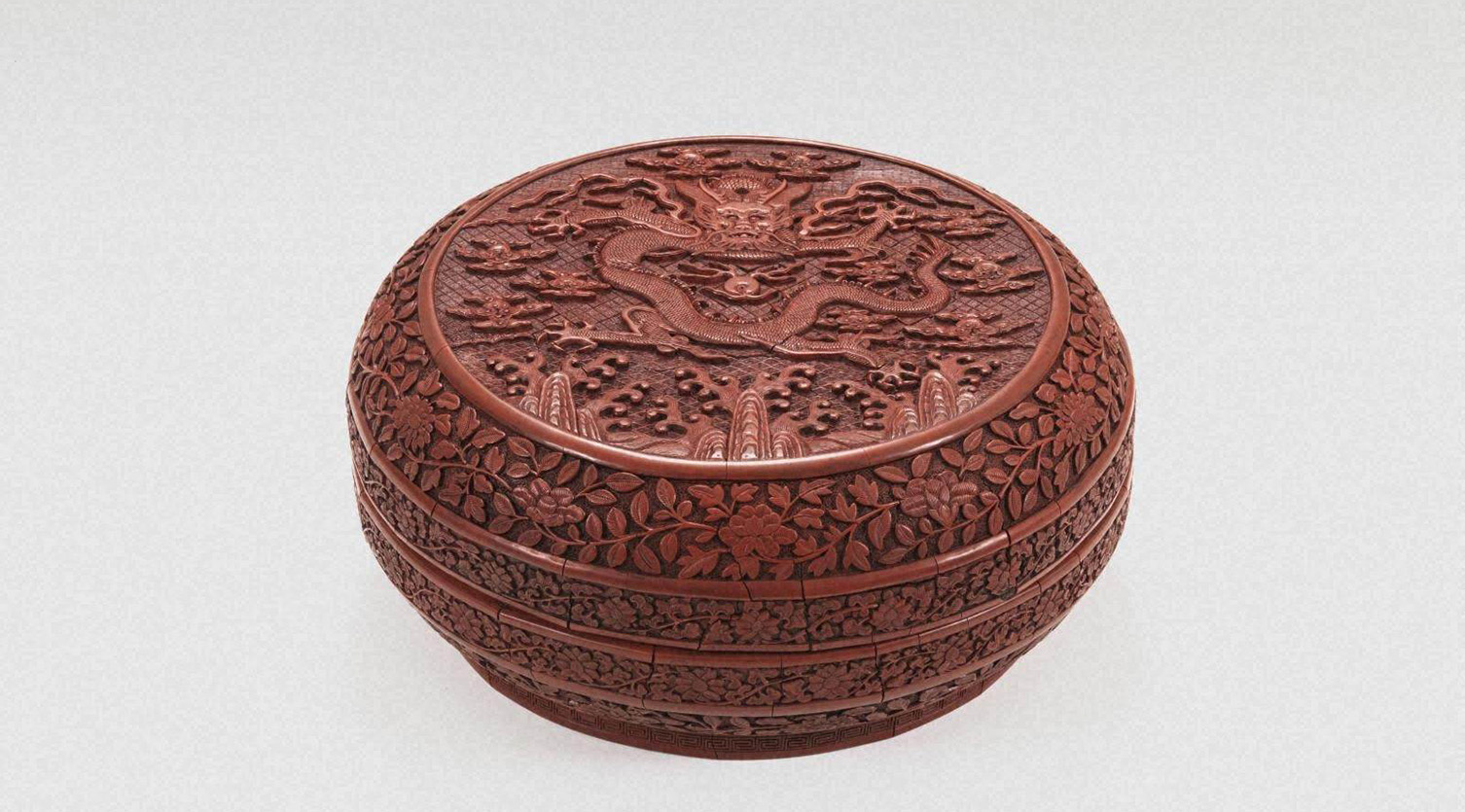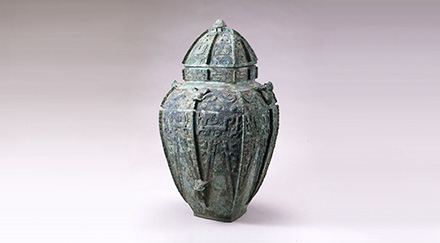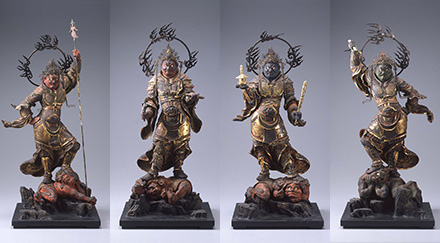Gold Screens Festival: Welcome to the World of the Gold
December 17 (Sunday),2023~June 02 (Sunday),2024
Golden folding screens, their surfaces decorated with glistening gold, are furnishings that brighten up a space. Not only have they been widely used in Japan, but were also presented to the kings of foreign countries from the Muromachi period (15th century) to the end of the Edo period (19th century), as the star of Japanese art. From the Meiji era (late 19th to early 20th century) onward, they were also developed as a form of artwork to be exhibited.
In this exhibition, shifting from 2019's popular theme of Japan: Country of Gold - Screens of the Kanō, Hasegawa, Rinpa and Other Schools, we invite you to the World of Gold, with a new look.
In the first room, the Golden Cloud Room, a variety of golden clouds surround you, such as the powerful golden clouds at which the Kanō school excelled, and the elegant golden clouds in the Yamato-e style. In the Gold and Silver Room that follows, there are gold folding screens combined with silver leaf and powder to create a calming atmosphere. Meanwhile in the Gold Base Room, entirely gold folding screens completely covered with gold leaf emit their brilliance, expanding into the Kōrin Style and Modern Folding Screens corners.
At the end of the exhibition, a live painting by Mr. Kotaro Fukui (1969-), a Japanese painter who is bringing the tradition of golden screens to the present age, will be unveiled.
Please enjoy the Gold Screen Festival, in which about 30 pieces from the museum's collection are on display.
*Some exhibits will be changed during the exhibition.
Feature Exhibition – Wucai: Jingdezhen and Other Porcelain
Wucai, or five-colored porcelain, was the final style to emerge in Chinese ceramics history; painting with red, green, and yellow on white ceramics and glazing it at low temperatures became a major feature in the pottery of the Ming and Qing dynasties. This selection will trace the path of wucai porcelain from the 13th to the 19th centuries, from Jin dynasty sō-akae (Song red ceramic) to late Qing dynasty doucai (cyan tone ceramic), including work from the Wanli era of the Ming dynasty, which was the pinnacle of wucai porcelain art. This exhibition will display around 20 pieces, two of which have never before been shown in public, including some pieces that were admired by Japanese tea ceremony masters, such as shonzui (the highest quality sometsuke coloring) and the red glaze of Swatow Ware. Dive into the world of splendid wucai, with various colorful patterns that symbolize Chinese culture, such as dragons representing emperors, and bats that carry the meaning of happiness.
※Due to popular demand, the exhibition period for Feature Exhibition - Wucai: Jingdezhen and Other Porcelain has been extended.
Introduces some of the artworks currently on display.


Kanō School
Birds and Flowers in Spring and Summer
Momoyama period 16th century

Horse Race
Momoyama period to beginning of Edo period 17th century

Kurama and Itsukushima
Beginning of Edo period 17th century

Willow Bridge and Waterwheel
Early Edo period 17th century

The Emperor’s Formal Visit to Nijo Castle
Edo period 17th century

Ogata Kōrin
Chrysanthemums
Early Edo period beginning of the 18th century

Ogata Kōrin
Ducks and Snow-Covered Pine Trees
Early Edo period beginning of the 18th century

Ikeda Koson
Irises
Late Edo period mid-19th century

Kawai Gyokudō
Mt. Fuji
1918 (Taishō 7)

Fukui Kōtarō
Raku
2023 (Reiwa 5)-


Birds and Flowers in Spring and Summer
Kanō School Momoyama period 16th century -


Horse Race
Momoyama period to beginning of Edo period 17th century -


Kurama and Itsukushima
Beginning of Edo period 17th century -


Willow Bridge and Waterwheel
Early Edo period 17th century -


The Emperor’s Formal Visit to Nijo Castle
Edo period 17th century -


Chrysanthemums
Ogata Kōrin Early Edo period beginning of the 18th century -


Ducks and Snow-Covered Pine Trees
Ogata Kōrin Early Edo period beginning of the 18th century -


Irises
Ikeda Koson Late Edo period mid-19th century -


Mt. Fuji
Kawai Gyokudō 1918 (Taishō 7) -


Raku
Fukui Kōtarō 2023 (Reiwa 5)



